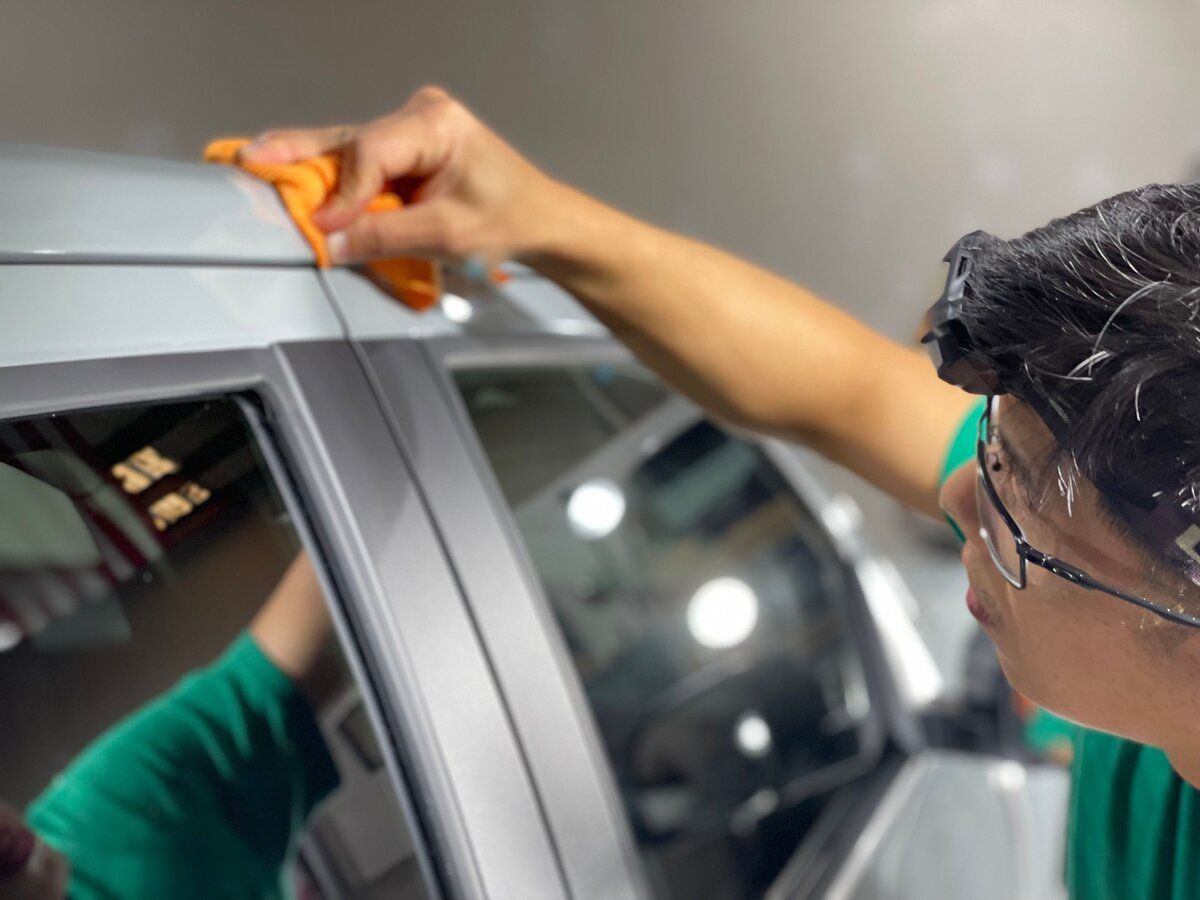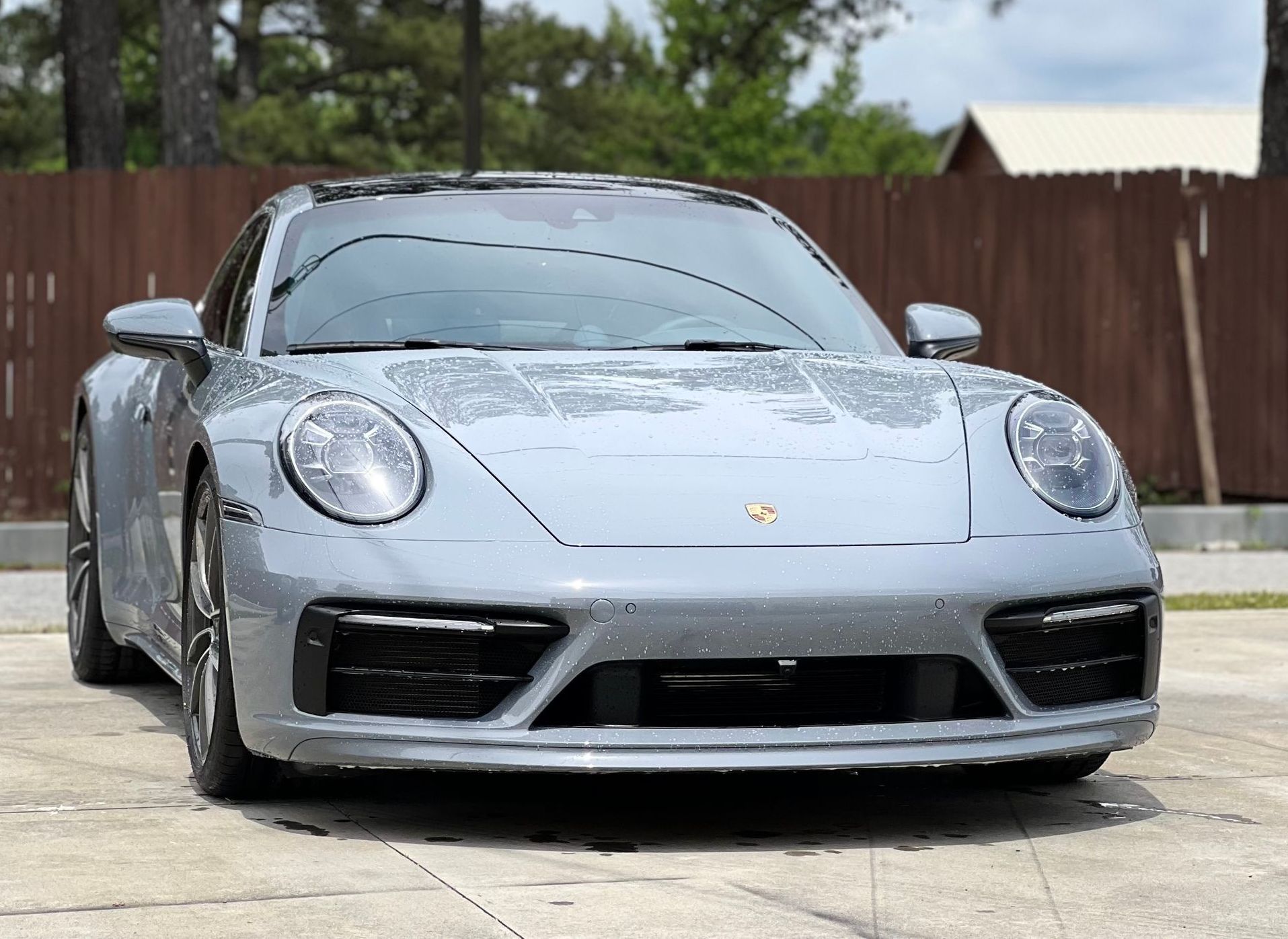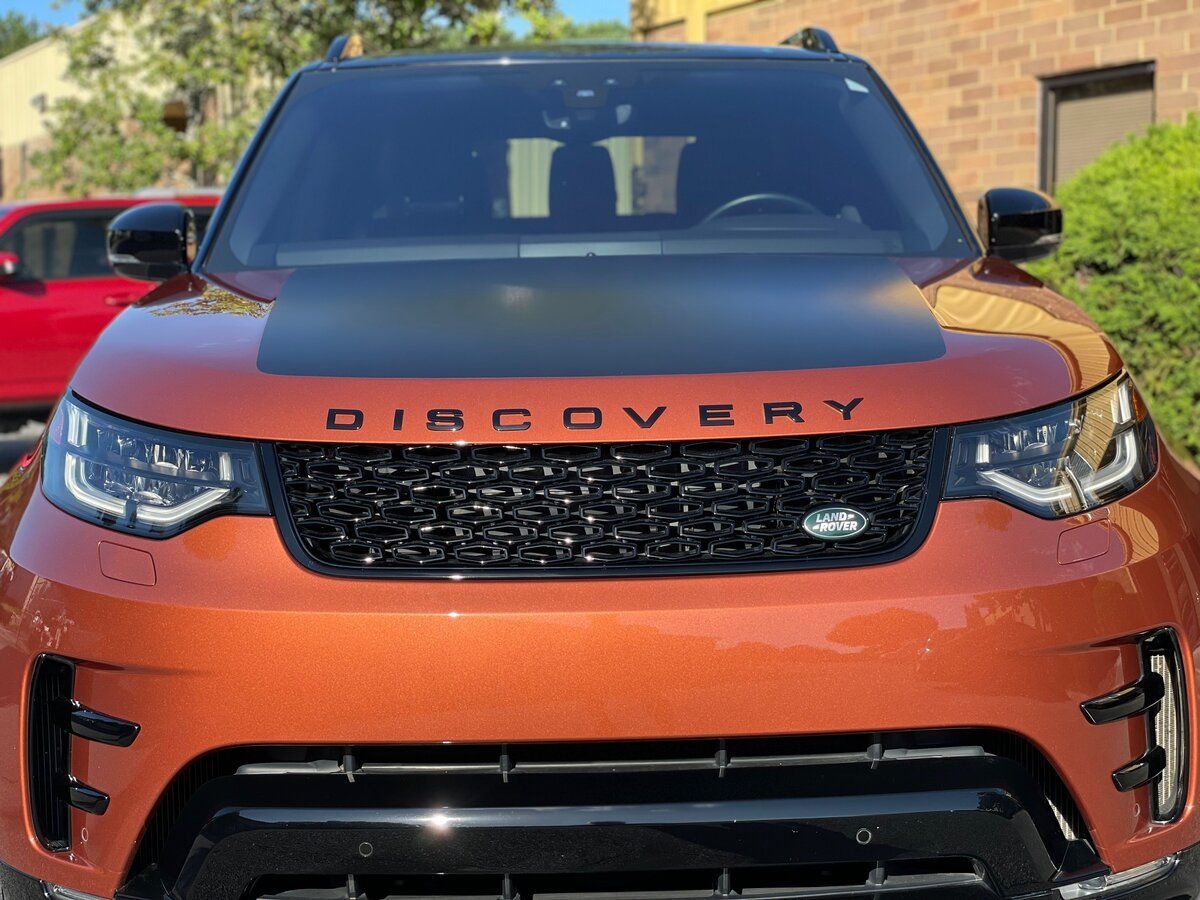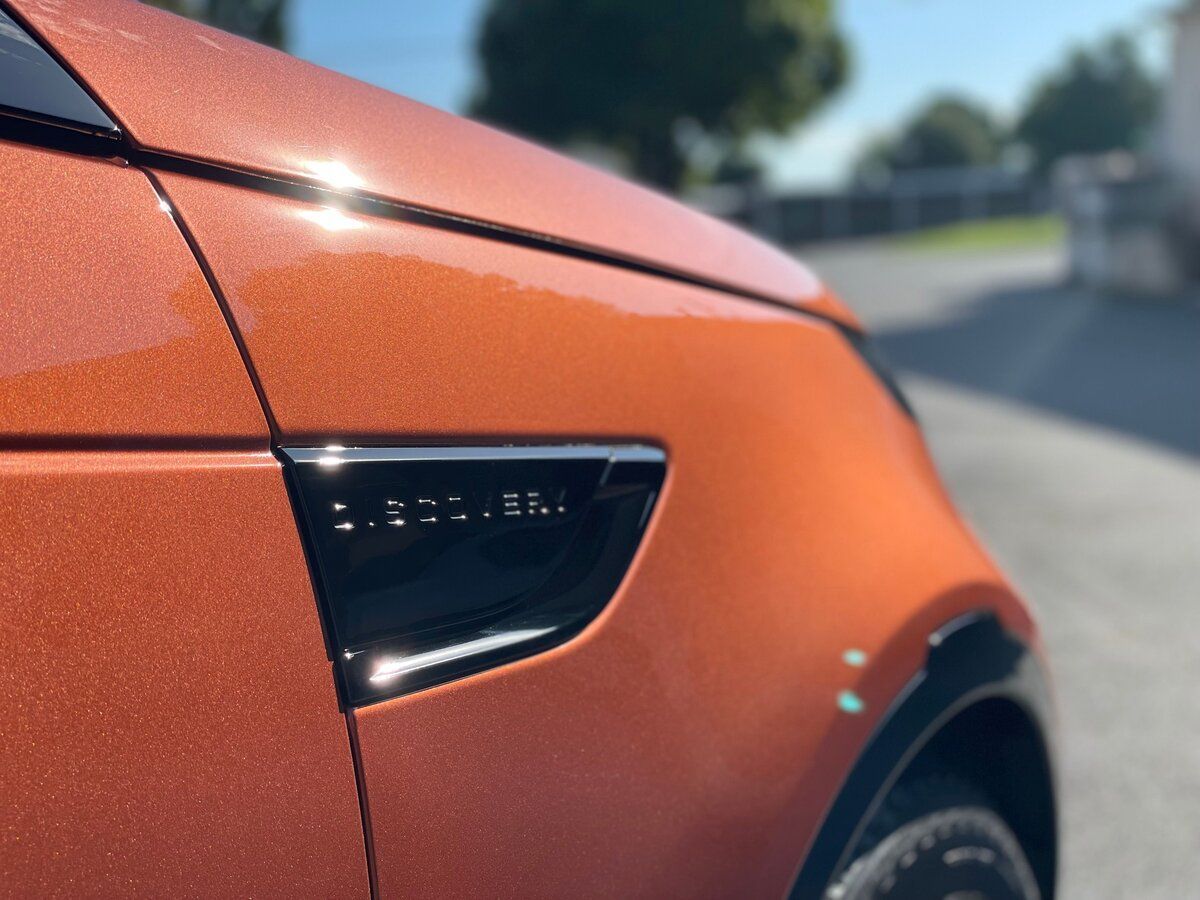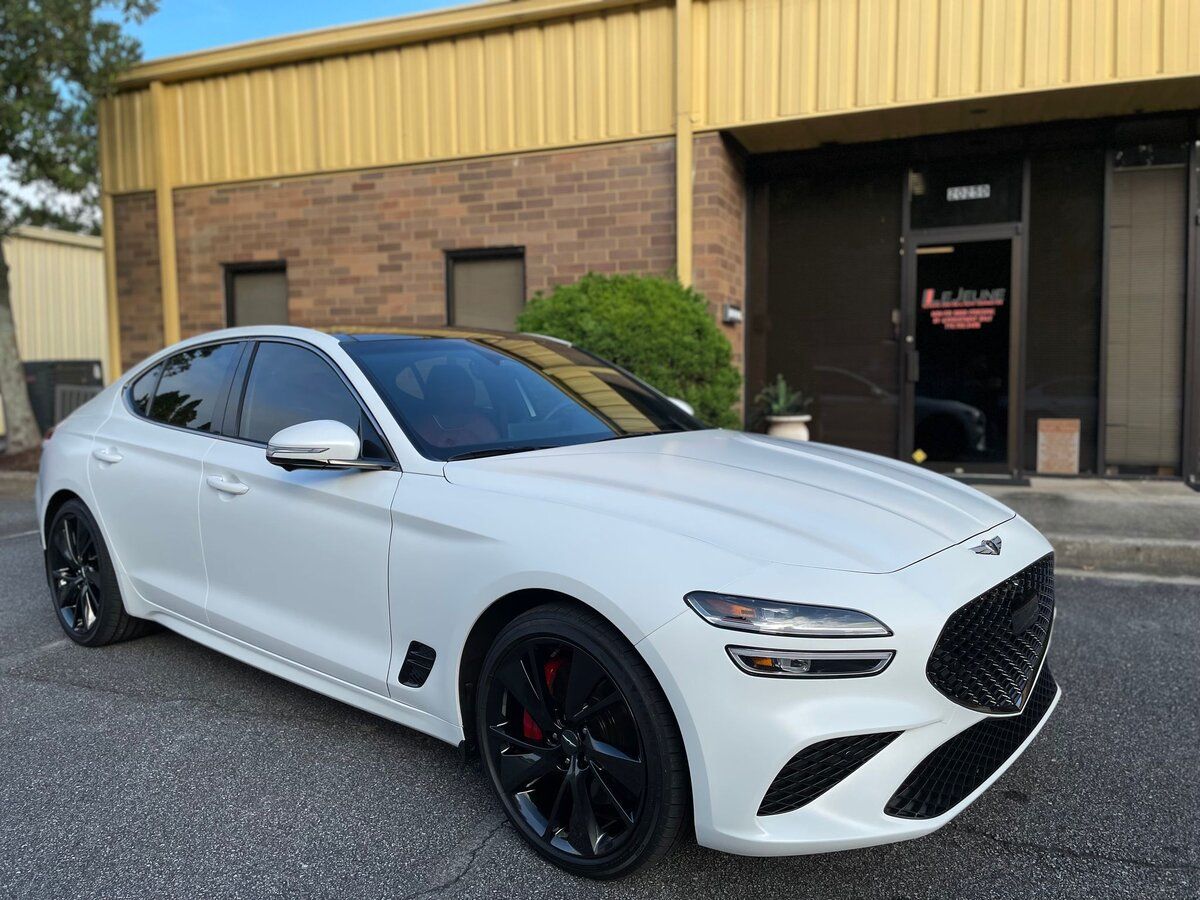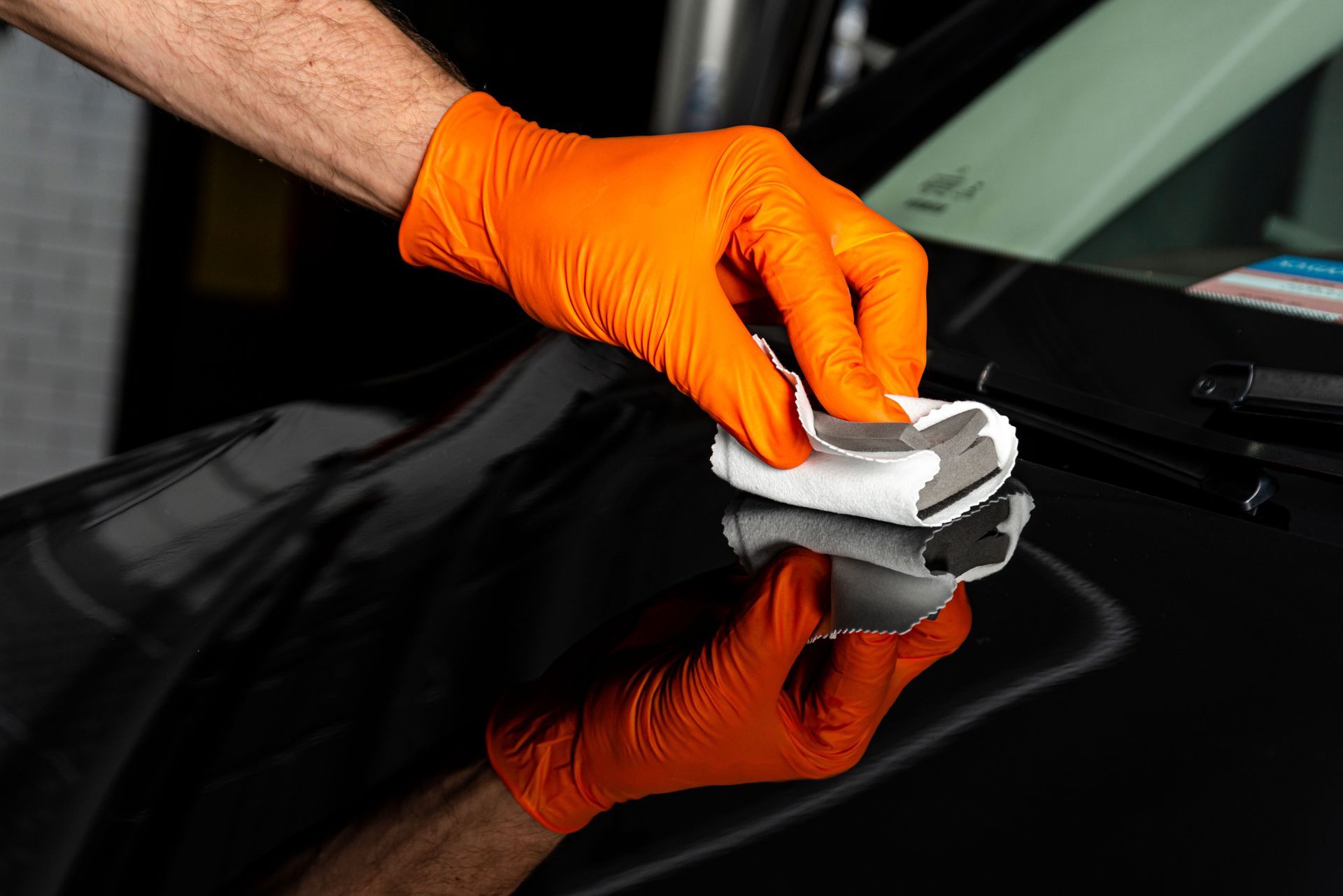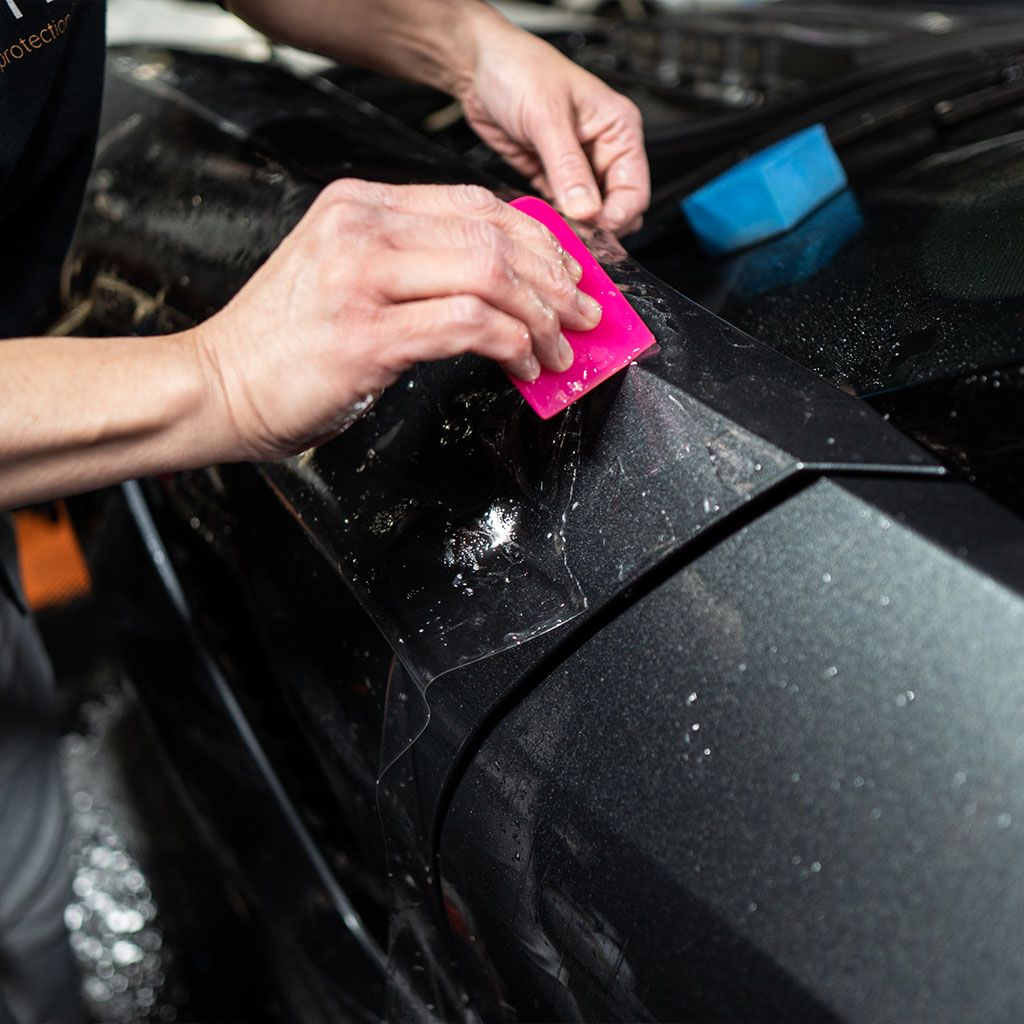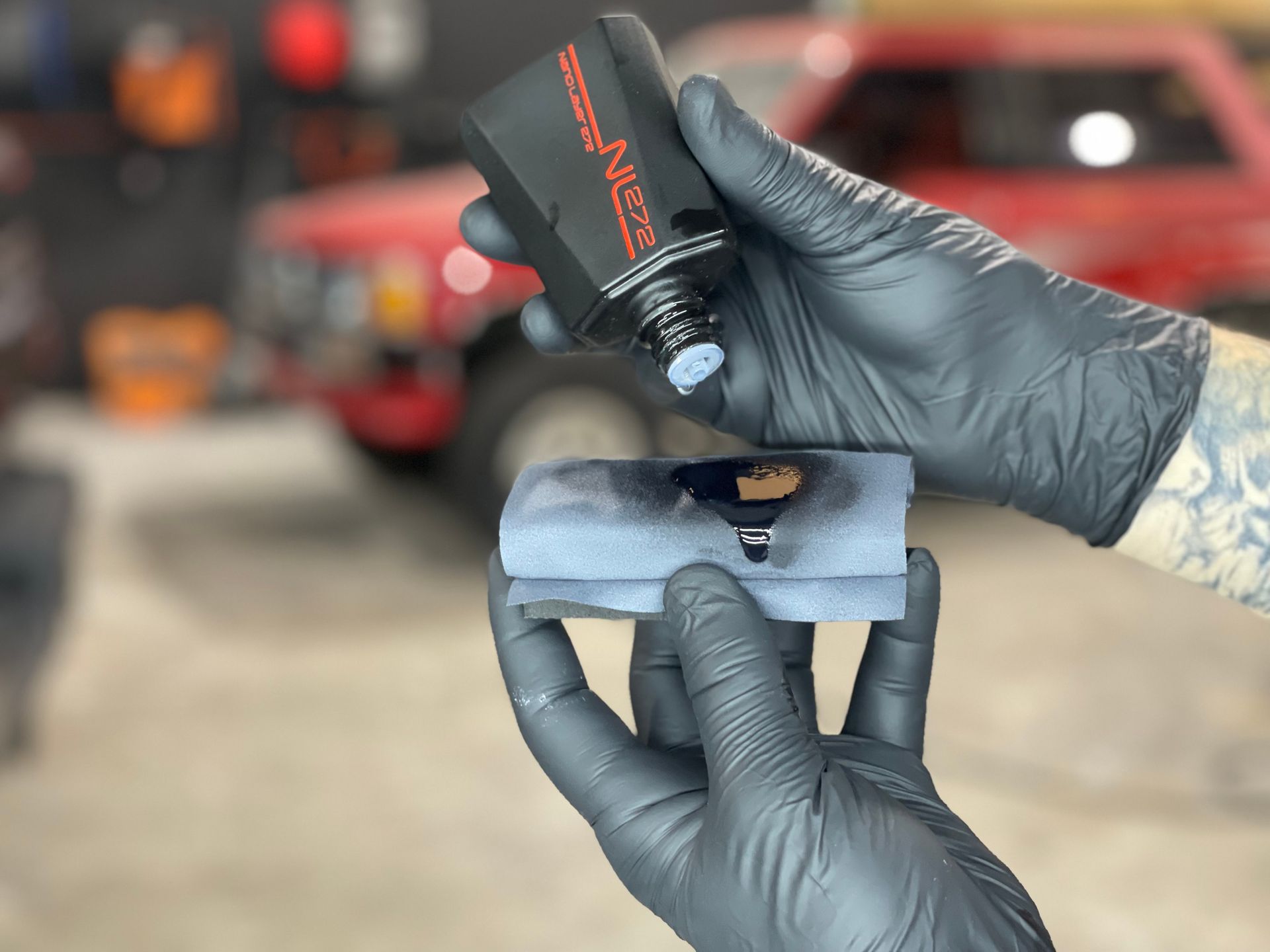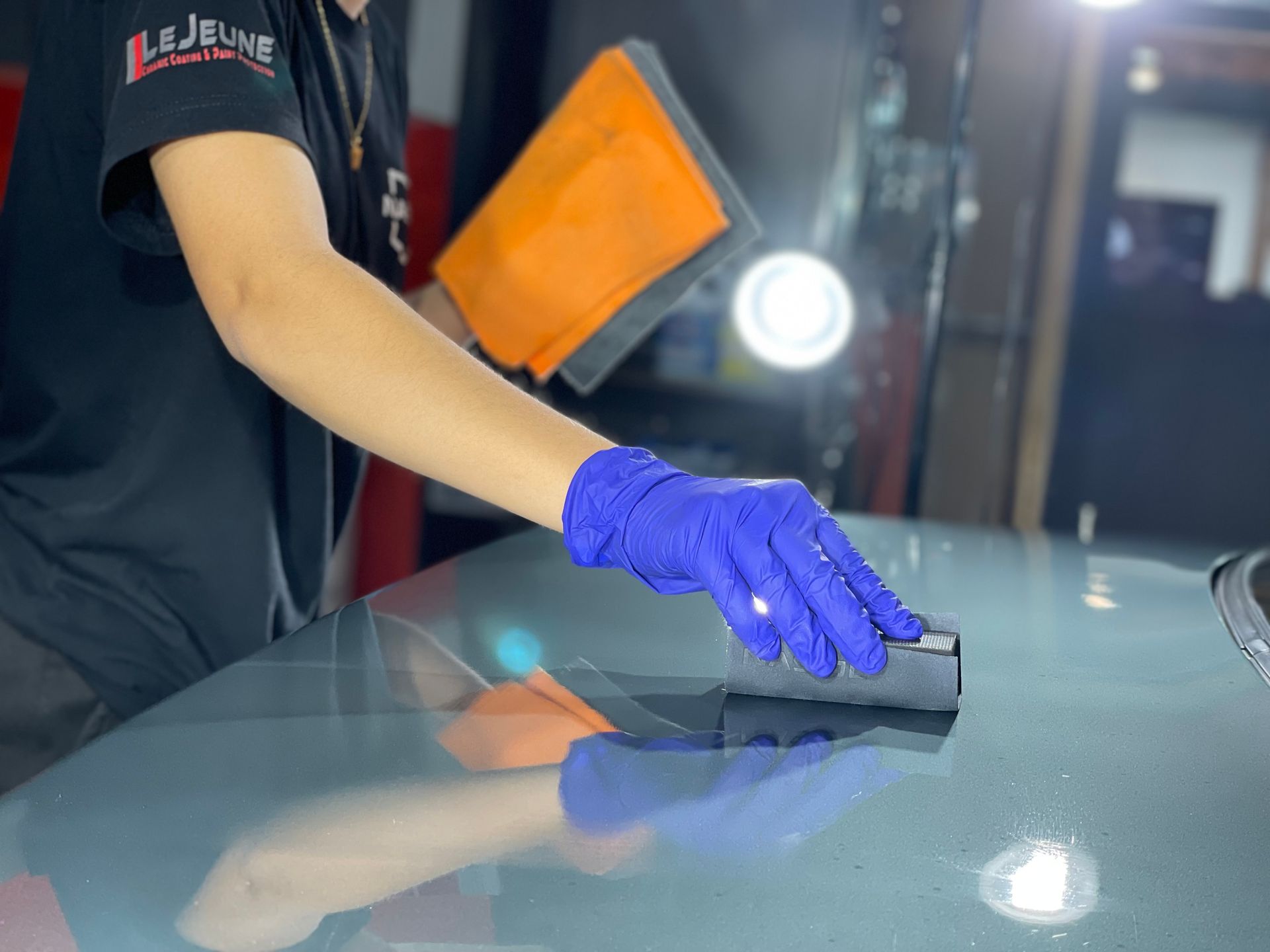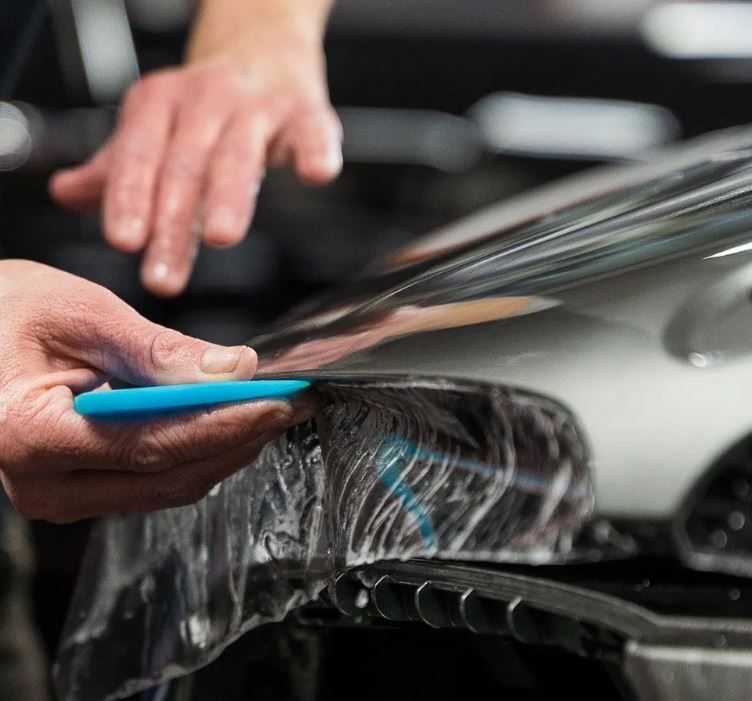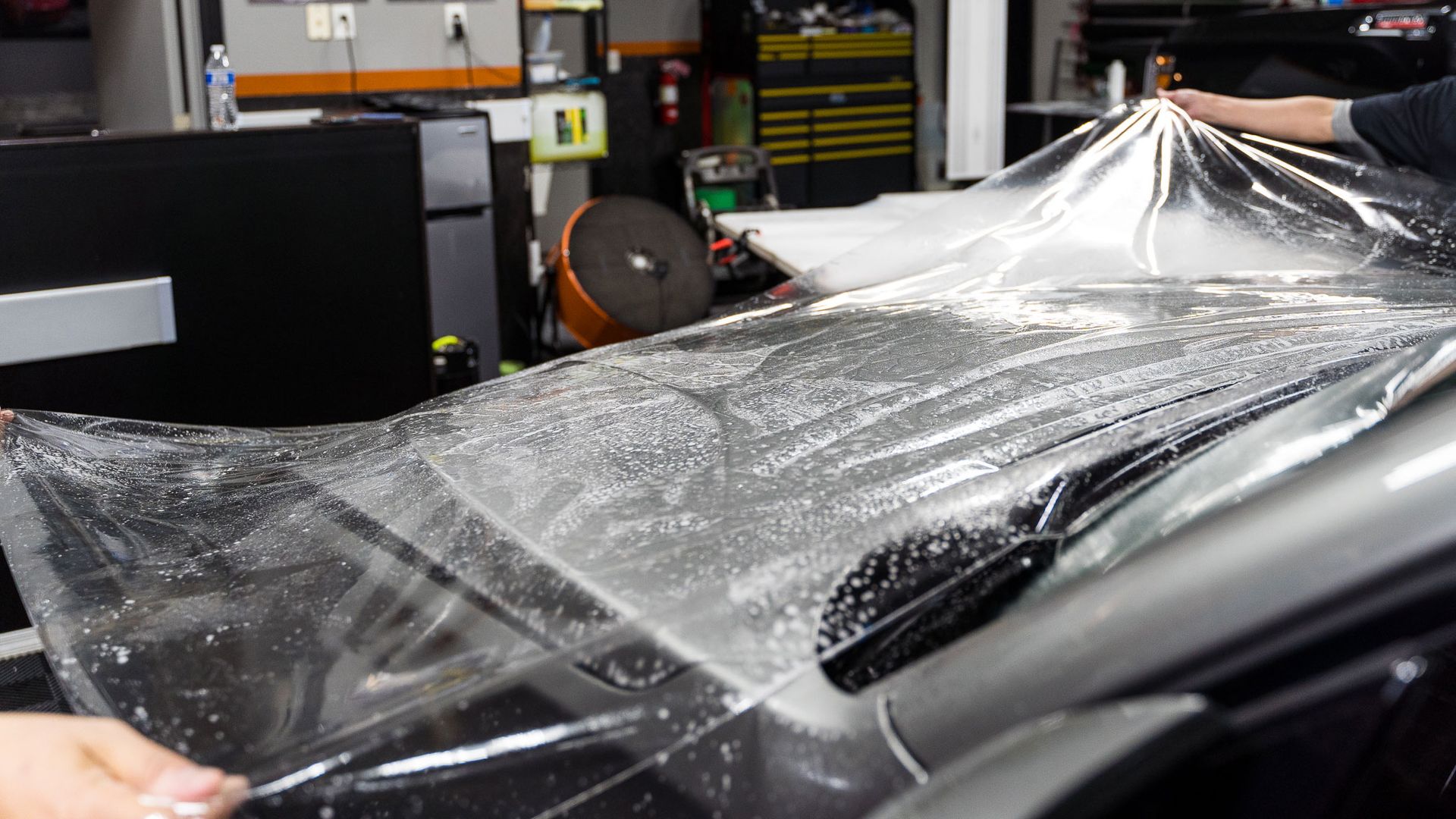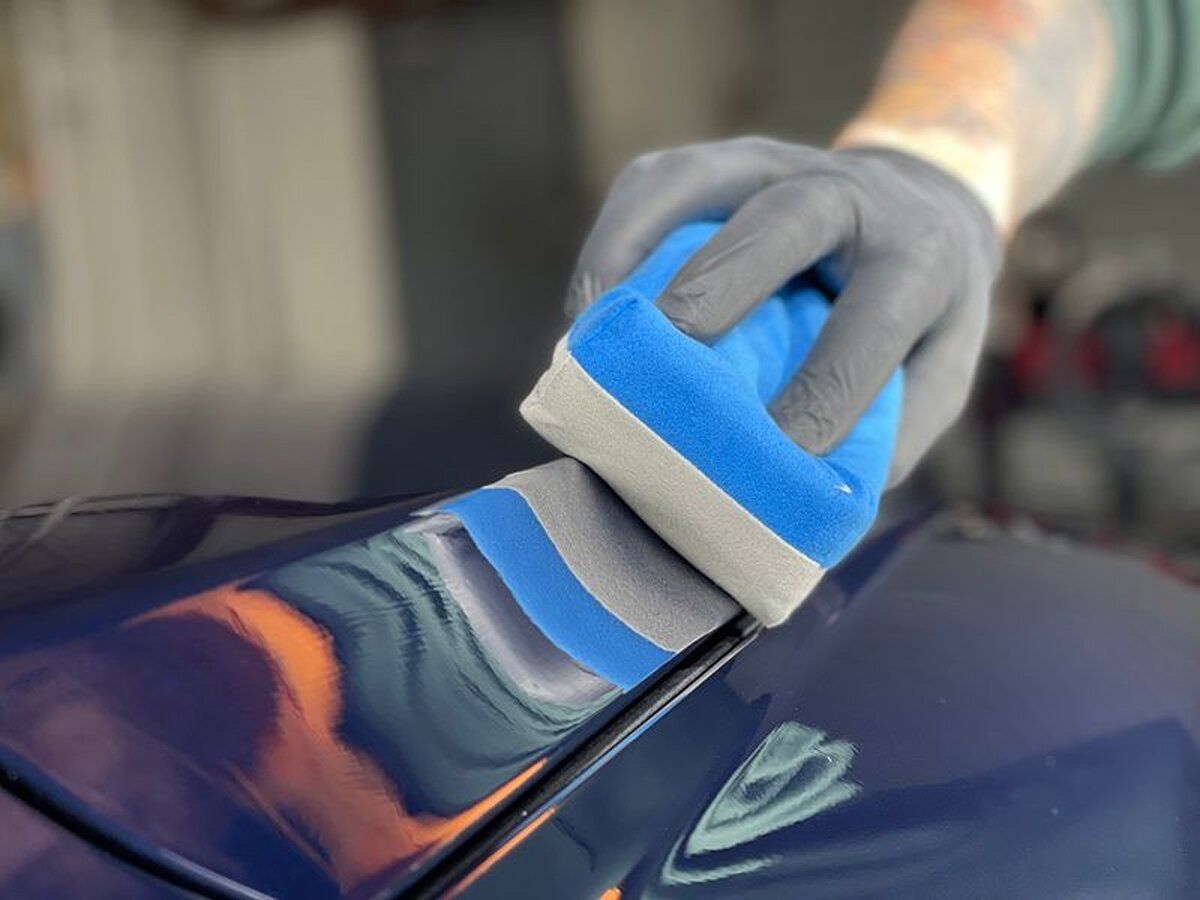Why PPF Is Essential for High Impact Areas: Benefits and Durability Explained
GET A QUOTECALL (770) 722-3486
Imagine cruising down a scenic route on your weekend drive when suddenly, a loose gravel chip hits your hood, leaving an unsightly scratch. It’s small incidents like these that accumulate over time, causing significant damage and affecting your car's aesthetics and resale value. For car enthusiasts who want their vehicles looking flawless, protecting high-impact areas has always been challenging. That’s where paint protection film comes into play.
Paint protection film is essential for high-impact areas on a vehicle because it acts as a robust barrier against physical damage, such as chips, scratches, and road debris. By absorbing and dispersing impact energy, a paint protection film helps maintain the aesthetic quality of the vehicle's paint over time, thus preserving its value and appearance.
What is Paint Protection Film (PPF)?
Paint protection film is more than just a layer of protection; it's a commitment to preserving your vehicle's beauty and integrity. This clear, thin sheet made from thermoplastic urethane is expertly crafted to shield the paint on your vehicle from various external threats, ranging from tiny rocks to harmful UV rays. Its flexible nature allows it to adapt perfectly to the curves and contours of your car, ensuring that it protects every angle without detracting from the visual appeal. Once applied, a paint protection film becomes nearly invisible, allowing the true color and shine of your vehicle to shine through while providing a durable barrier against potential damage.
A paint protection film's unique properties stem from its origins—developed during the Vietnam War for military helicopters, it was initially intended to prevent rotor blade damage from flying debris. Over the years, however, its benefits have been recognized in the automotive sector. High-end vehicles, often exposed to harsher driving conditions and higher stakes regarding appearance, have particularly embraced this technology. The adaptability of paint protection film is one of its standout features. For instance, whether you drive a sleek sports car or a rugged SUV, PPF can accommodate different shapes and surfaces without losing effectiveness. Moreover, this film offers remarkable resilience—its self-healing properties allow minor scratches and swirls to vanish when exposed to heat. This means fewer frequent trips to the body shop for touch-ups or repairs, which ultimately saves time and money.
The combination of flexibility, durability, and near invisibility makes paint protection film an invaluable tool for anyone looking to maintain their vehicle’s appearance over time.
Importance of PPF in High Impact Areas
High-impact areas on your vehicle, such as the front bumper, hood, side mirrors, and doors, face relentless attacks from road debris, dirt, and even salt during winter. This constant exposure puts these sections of your car at significant risk for damage. Think about it: the front of your vehicle is like a shield facing downward projectiles every time you hit the road. Without adequate protection, these areas can suffer extensive chipping, fading, and scratches—problems that are often expensive and tedious to resolve.
The necessity for paint protection film becomes increasingly clear when you visualize the impact of stones and tiny pebbles flying towards your vehicle at highway speeds. Imagine those little bits of debris striking with enough force to chip an otherwise pristine surface! Applying paint protection film in these critical regions acts as a barrier. It absorbs and disperses the impact energy from small rocks and dirt, significantly reducing potential damage. Many car enthusiasts can attest to the rather surprising financial benefits of investing in a paint protection film. Regular maintenance and preventive upgrades not only safeguard your investment but yield long-term savings as well.
Key Features: Self-Healing and Durability
One of the standout attributes of modern paint protection film is undoubtedly its self-healing capability. If you've ever accidentally scratched your vehicle's surface, you know the heartache that comes with it. However, paint protection film provides a unique solution. Thanks to advancements in polymer chemistry, minor scratches on the film can vanish when exposed to warm temperatures. Imagine this: you're parking your car under the midday sun, and a few small blemishes start to fade away before your very eyes. When heat is applied, either from sunlight or using a heat gun, the film's molecular structure reformulates, effectively sealing the scratch and restoring a smooth surface. This process keeps your vehicle looking pristine with minimal effort. It's important to note that while self-healing is incredible for addressing minor imperfections, more severe damages may spread out and affect visibility. Recognizing this limitation is key to maintaining your PPF’s effectiveness.
Alongside its self-healing properties, durability is another critical feature that underscores the importance of paint protection film. Unlike traditional paint coverings that can easily succumb to environmental factors, paint protection film stands resilient against harsh conditions. Its formulation enables it to resist not only UV rays that might otherwise lead to dullness and fading but also harsh chemicals and corrosive substances like bird droppings. In essence, applying a paint protection film acts as a formidable barrier between your vehicle’s paint and potential threats in the environment. Consider this: a car without paint protection film may show signs of degradation from UV exposure within just a few years, particularly in regions with high sunlight intensity. In contrast, vehicles protected with PPF maintain their vibrant colors over an extended period and retain higher resale values because they are less prone to damage.
Durability doesn’t stop at chemical and UV resistance; it encompasses everyday wear and tear from road debris as well. The film is designed to absorb impacts from small rocks or other debris while ensuring that the underlying paint remains untouched and immaculate. This resilience means fewer trips to the body shop and lower upkeep costs over time, resulting in long-term savings for vehicle owners. With both self-healing capabilities and exceptional durability at play, it's clear how these protective qualities significantly enhance your vehicle's longevity and appearance.
Comprehensive Application Process
Applying paint protection film correctly is essential for maximizing its advantages, including durability and self-healing properties. The entire process revolves around precision and cleanliness, ensuring that the film adheres properly to the vehicle's surface for optimal protection.
- Preparing the Surface: First and foremost, preparing the surface of your vehicle cannot be overstated. Begin by washing the vehicle thoroughly, removing any dirt, grime, or old wax that may interfere with adhesion. Once you've finished washing it, it's crucial to dry the surface completely using a soft microfiber cloth to prevent water spots from forming. After that, introducing a clay bar into your routine can make all the difference. This specialized tool helps to eliminate embedded particles like sap or tar that are not visible to the naked eye. As a result, it leaves an impeccably smooth surface ready for paint protection film application. It’s essential to remember that poor surface preparation can jeopardize the film's adhesion over time.
- Cutting and Fitting the Film: After ensuring your vehicle is spotless and smooth, the next step involves cutting and fitting the paint protection film. Many professionals utilize advanced plotters equipped with specialized software designed to generate precise patterns according to the dimensions of various vehicle parts. This technology significantly reduces waste and ensures a snug fit for each segment of film. However, if you're doing this manually without professional equipment, measuring carefully is key. Investing time into accurately measuring makes a huge difference in achieving a seamless look when the film is applied. If mistakes are made during this stage—like incorrect measurements—it could result in under-coverage or excess material, both of which compromise aesthetic appeal and protection quality.
- Applying the Film: With everything cut to size, it's time to apply the film itself. This critical step requires using a slip solution; mixing water with a few drops of baby shampoo achieves this perfectly. When sprayed on both the film and vehicle surface, this solution allows for easy repositioning before final placement. It’s almost like working with wet clay; you get an opportunity to adjust it just right. Once positioned correctly, use a squeegee to push out any remaining solution underneath the film, sealing it against the vehicle's surface. This step is vital as it ensures there are no bubbles trapped beneath that could lead to lifting or peeling later on.
A successful application results in a sleek finish that enhances not just protection but also the aesthetic appeal of your vehicle. Each step in applying paint protection film holds immense importance in achieving effective protection for high-impact areas.
Protection Benefits for Automotive Surfaces
- Enhanced Longevity: One of the primary advantages of using paint protection film is its ability to prolong the aesthetic and structural integrity of your vehicle. Vehicles with paint protection film can experience up to 50% less fading and degradation over five years compared to those without it. This notable longevity stems from the film's ability to absorb and disperse impact energy from rocks, road debris, and other environmental factors that contribute to wear and tear. Consequently, the original paint remains vibrant, and the need for costly repairs or premature repainting is drastically reduced. Beyond just an impact on appearance, this durability translates into significant cost savings over time.
- Cost Savings: While investing in paint protection film may seem like a hefty upfront expense—typically ranging from $500 to $2,500 depending on your vehicle—it's essential to consider what it saves you long term. A single paint job can typically cost anywhere from $500 to $5,000, depending on factors such as the extent of damage and the quality of paint used. By applying a paint protection film, you're essentially fortifying your vehicle against potential damages that would necessitate frequent touch-ups or full repaints. What could have been a costly repair down the line now transforms into a solid investment that protects your vehicle's resale value.
- Aesthetic Maintenance: In addition to enhancing durability and yielding financial benefits, a paint protection film plays a significant role in maintaining your car’s visual appeal. It preserves that glossy look reminiscent of a brand-new car for extended periods, which directly contributes to preserving its resale value. Buyers are often drawn to vehicles that exhibit minimal signs of wear; therefore, a well-maintained surface not only turns heads but also instills confidence in potential buyers about the condition of the vehicle. Moreover, high-quality paint protection film will not yellow or degrade over time, meaning your investment continues to work for you well beyond installation.
With its self-healing capabilities that allow minor scratches to disappear under low heat conditions, you can keep your vehicle looking pristine even after many months on the road. By safeguarding against chips, scratches, and preserving that eye-catching shine, a paint protection film offers extensive protection benefits that extend far beyond mere appearances.
PPF vs. Traditional Coating Solutions
Durability Comparison
When considering durability, paint protection film shines brightly compared to its traditional counterparts. Waxes generally require re-application every few months to maintain any semblance of protection; this constant upkeep can quickly become a hassle for busy car owners. On the other hand, paint protection film boasts a lifespan of up to 10 years with minimal maintenance. Ceramic coatings do provide decent protection against UV rays and minor scratches, but they simply do not offer the remarkable self-healing capabilities of paint protection film. This means that minor abrasions—those pesky little marks that can mar your car's finish—can effectively disappear when warmed by sunlight or heat, restoring your vehicle's original beauty without further effort on your part.
Cost Effectiveness
When you look at the cost aspect, it might seem at first glance that waxes and ceramic coatings present a more affordable entry point. However, the reality is different when you factor in long-term costs. Despite having a higher initial cost for installation, a paint protection film outperforms both ceramic coatings and waxes significantly in terms of durability and overall protection. The repeated applications required by waxes—not to mention the potential need for re-coating ceramic surfaces—can drive costs up over time, making paint protection film a more economical option in the long haul.
With these considerations laid out, it becomes evident that paint protection film isn’t just a notable alternative; it is a leading protective solution, merging aesthetics with long-lasting durability and cost efficiency for those committed to maintaining their vehicles in pristine condition. Investing in paint protection film offers multiple benefits that surpass traditional methods, ensuring not only the preservation of your vehicle's appearance but also enhancing its value over time. The combination of durability and low maintenance makes it an essential consideration for car owners.
Best Paint Protection Film Installers in Marietta, GA
LeJeune Ceramic Coating & Paint Protection stands as the best paint protection film installers in Marietta, GA, offering top-tier protection for your vehicle. Our skilled technicians deliver flawless installations, ensuring maximum coverage and durability against scratches, chips, and environmental damage. Using high-performance paint protection film, we preserve your car's pristine appearance while adding a layer of defense that lasts. Contact us today to experience the ultimate protection for your vehicle from Marietta’s leading PPF experts! Call us at (770) 722-3486 to get started!
